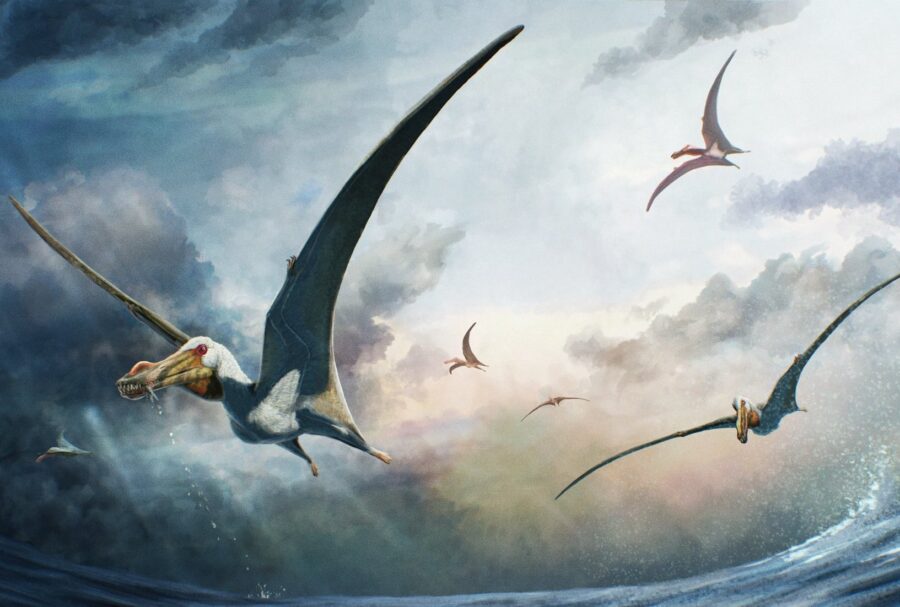
100-million-year-old fossil find reveals huge flying reptile that patrolled Australia’s inland sea
Haliskia peterseni is only the second partial pterosaur skeleton ever found in Australia.

Haliskia peterseni is only the second partial pterosaur skeleton ever found in Australia.
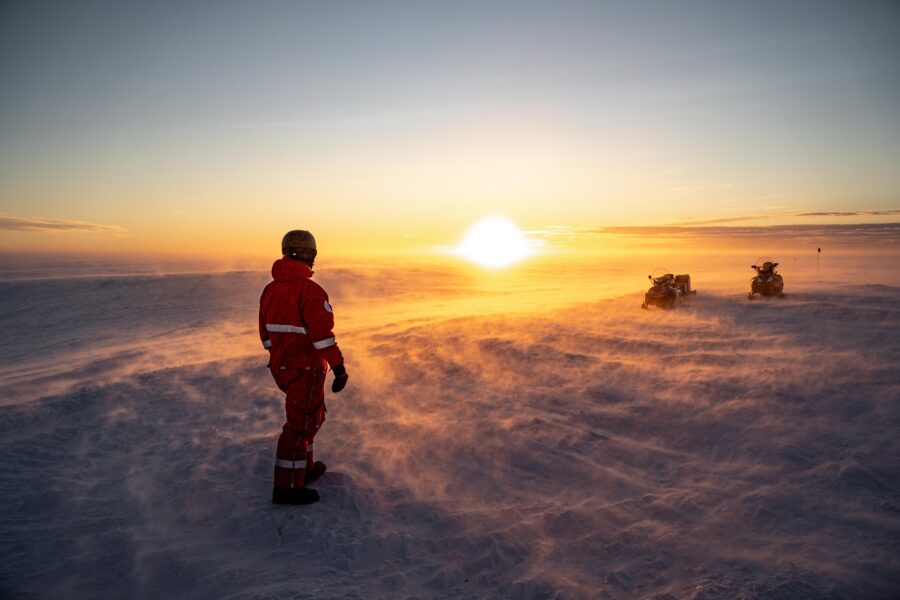
It’s not only the physical challenges, but also the mental side of living in Antarctica that would make a permanent human settlement there difficult.
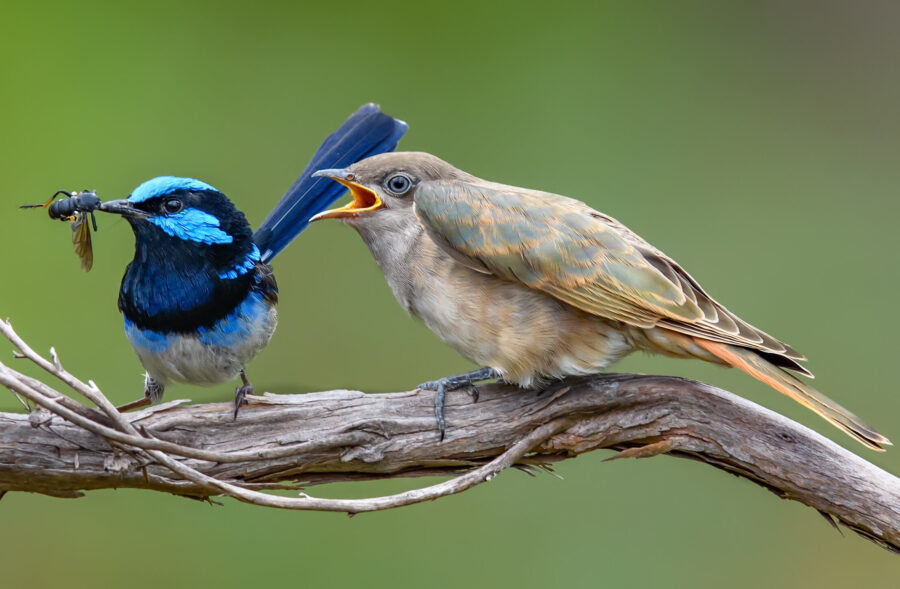
How do new species arise? And why are there so many of them? One possible reason is the arms race between animals such as predators and parasites, and the victims they exploit.

Thomas Watson was devastated when he discovered his traditional language, Gangulu, was no longer spoken, but his grief gave way to searching, a process that led thousands of kilometres around the world to an attic in Sweden.

Earth, the Sun and a bike wheel: why your high-school textbook was wrong about the shape of Earth’s orbit.
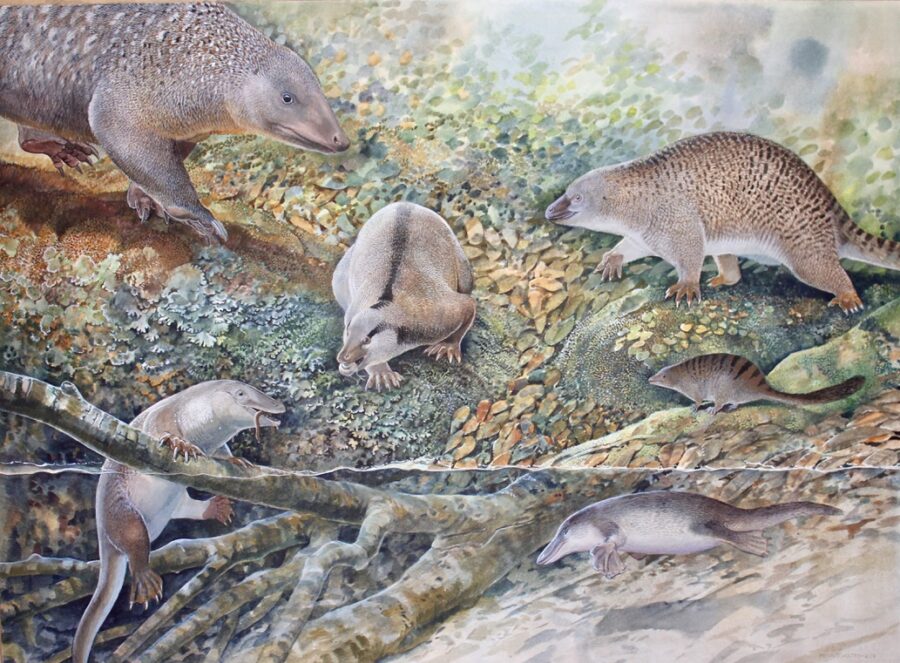
The chance discovery of a long-forgotten tray of fossils in the collections of the Australian Museum has highlighted a previously unknown “Age of Monotremes” that thrived while dinosaurs ruled the Earth.
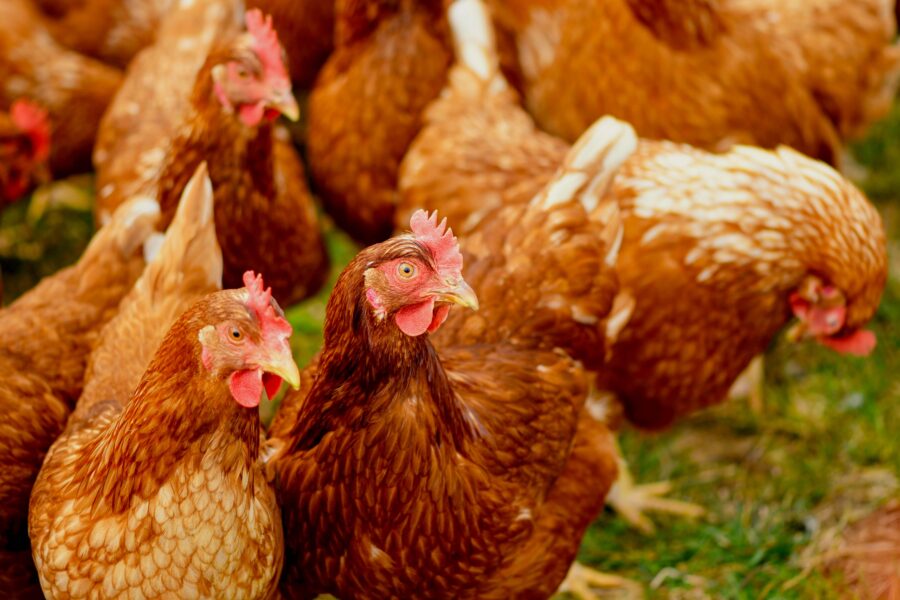
Avian influenza has been detected on an egg farm near Meredith in Victoria’s west, according to Agriculture Victoria, sparking concerns for Australia’s wild birds.
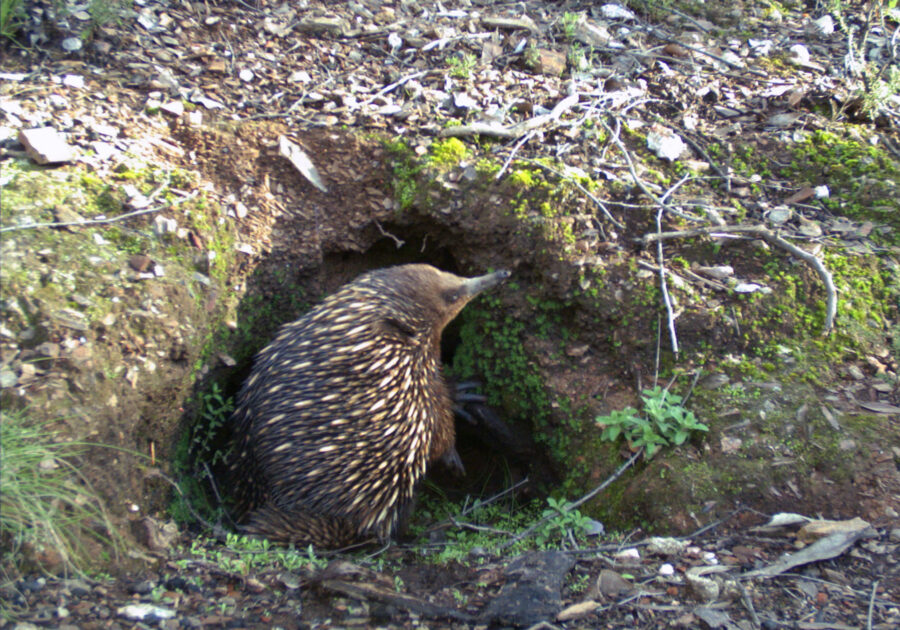
A new study has found wildlife use wombat burrows for vital shelter, food and even drinking water, during and after a bushfire.
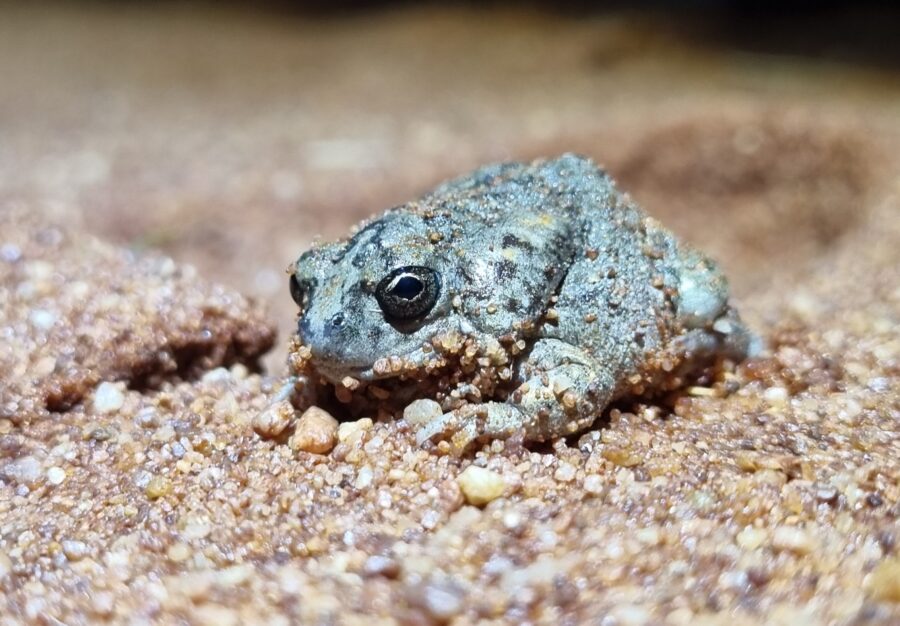
The call of a tiny, desert-dwelling frog named the Tanami toadlet (Uperoleia micromeles) has been recorded for the first time.

Two-thirds of Australians support banning pet cats from roaming. Researchers say a ban would save millions of native animals – and billions of dollars.